


Collapse of the West Antarctic Ice Sheet could be triggered with very little ocean warming above present-day, leading to a devastating four meters of global sea...
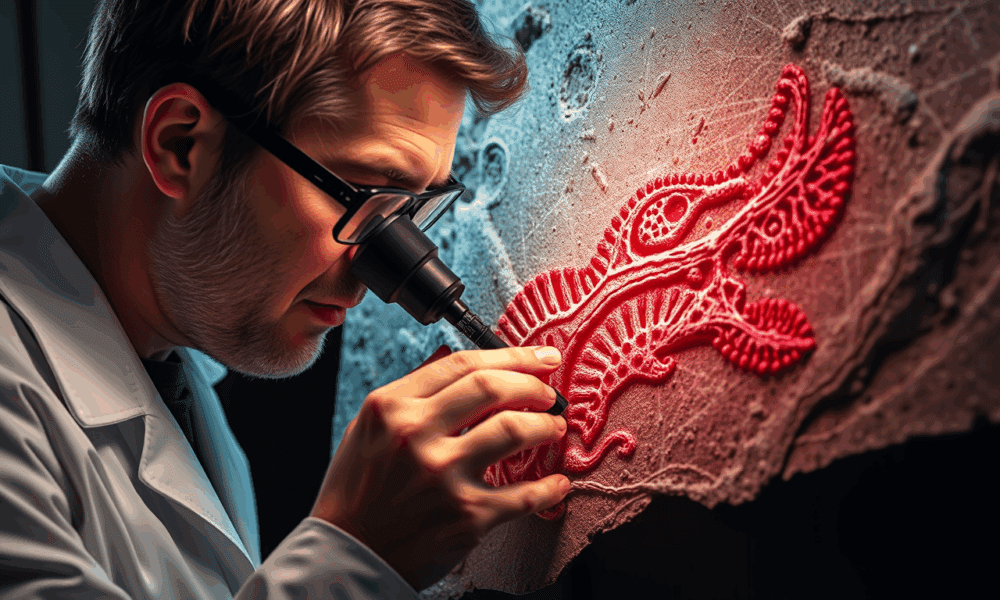
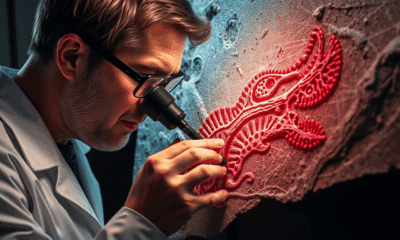

New techniques used to analyze soft tissue in dinosaur fossils may hold the key to new cancer discoveries. Researchers have analyzed dinosaur fossils using advanced paleoproteomic...
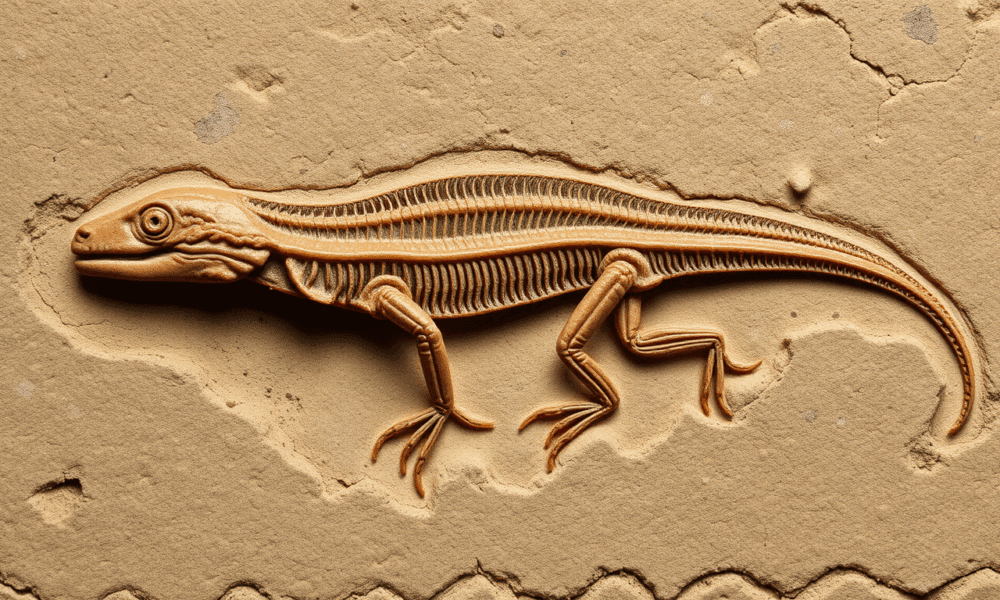


The fossils of ancient salamander-like creatures in Scotland are among the most well-preserved examples of early stem tetrapods -- some of the first animals to make...
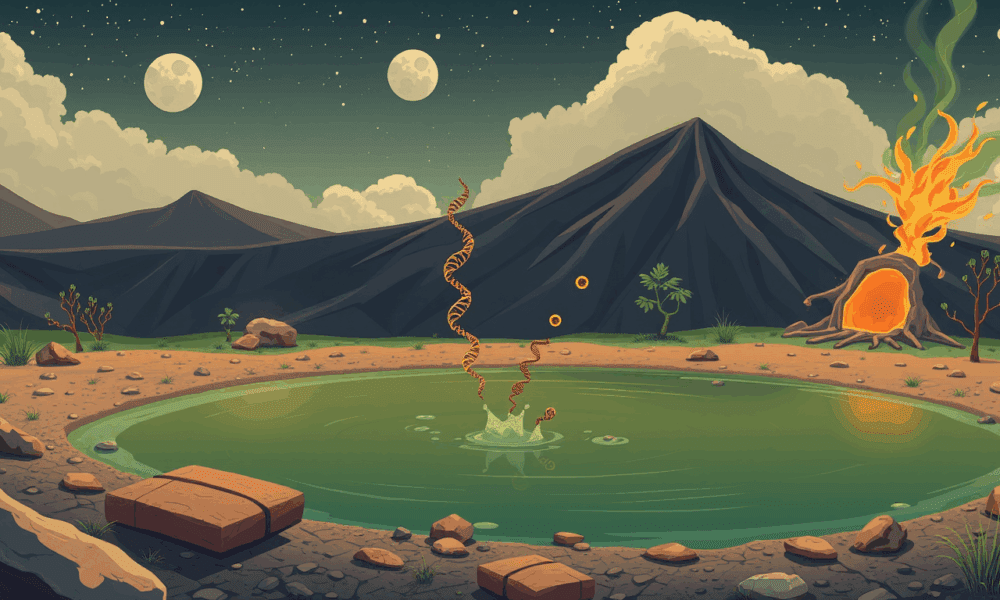


Chemists have demonstrated how RNA (ribonucleic acid) might have replicated itself on early Earth -- a key process in the origin of life.

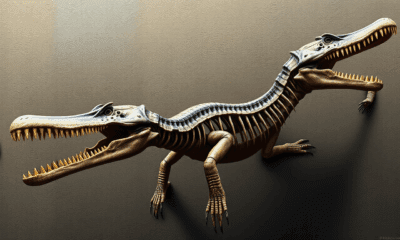

A group of fossils of elasmosaurs -- some of the most famous in North America -- have just been formally identified as belonging to a 'very...
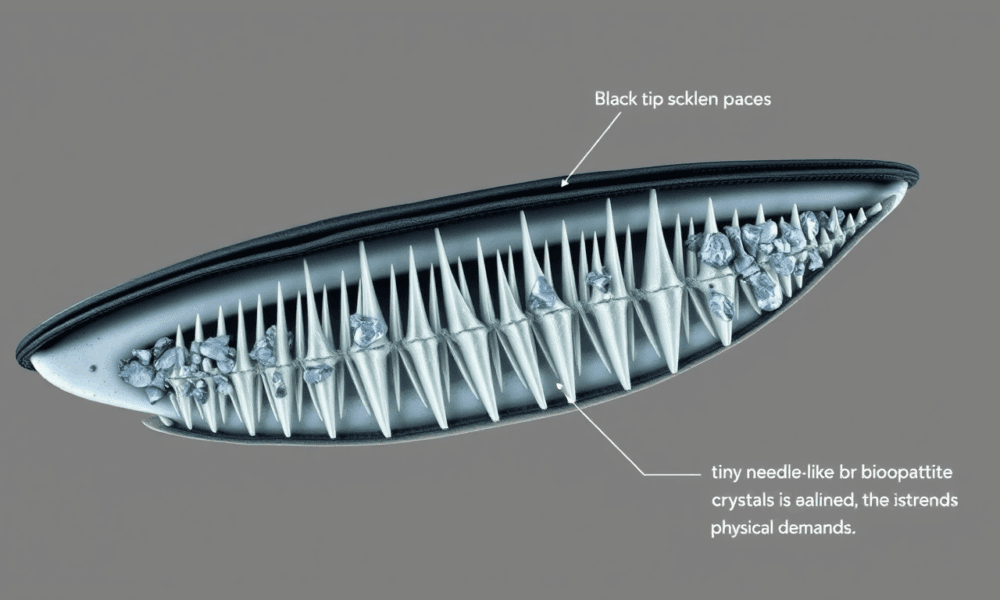
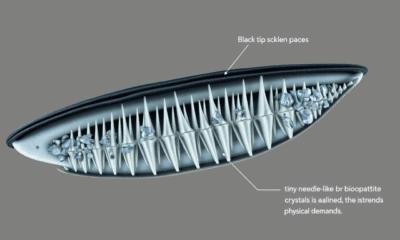

Using synchrotron X-ray nanotomography with detailed 3D imaging and in-situ mechanical testing, researchers are peering inside shark skeletons at the nanoscale, revealing a microscopic 'sharkitecture' that...
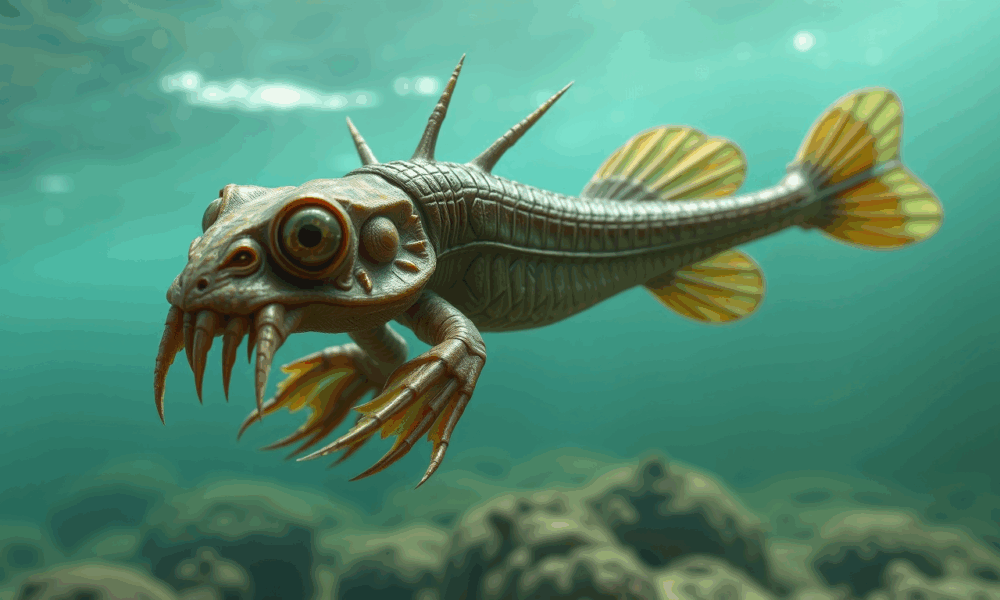
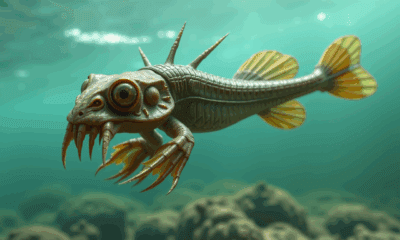

Palaeontologists have discovered a remarkable new 506-million-year-old predator from the Burgess Shale of Canada. Mosura fentoni was about the size of your index finger and had...